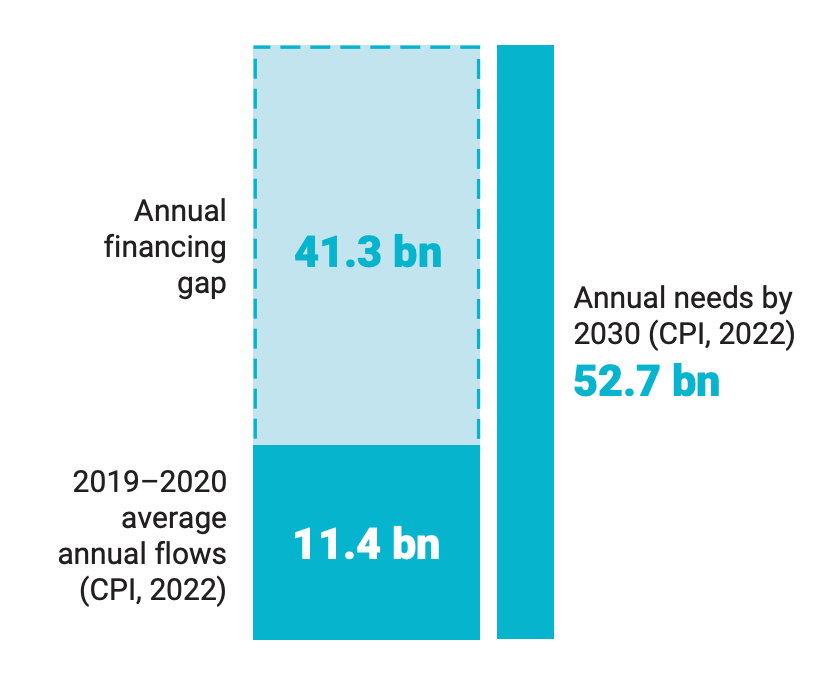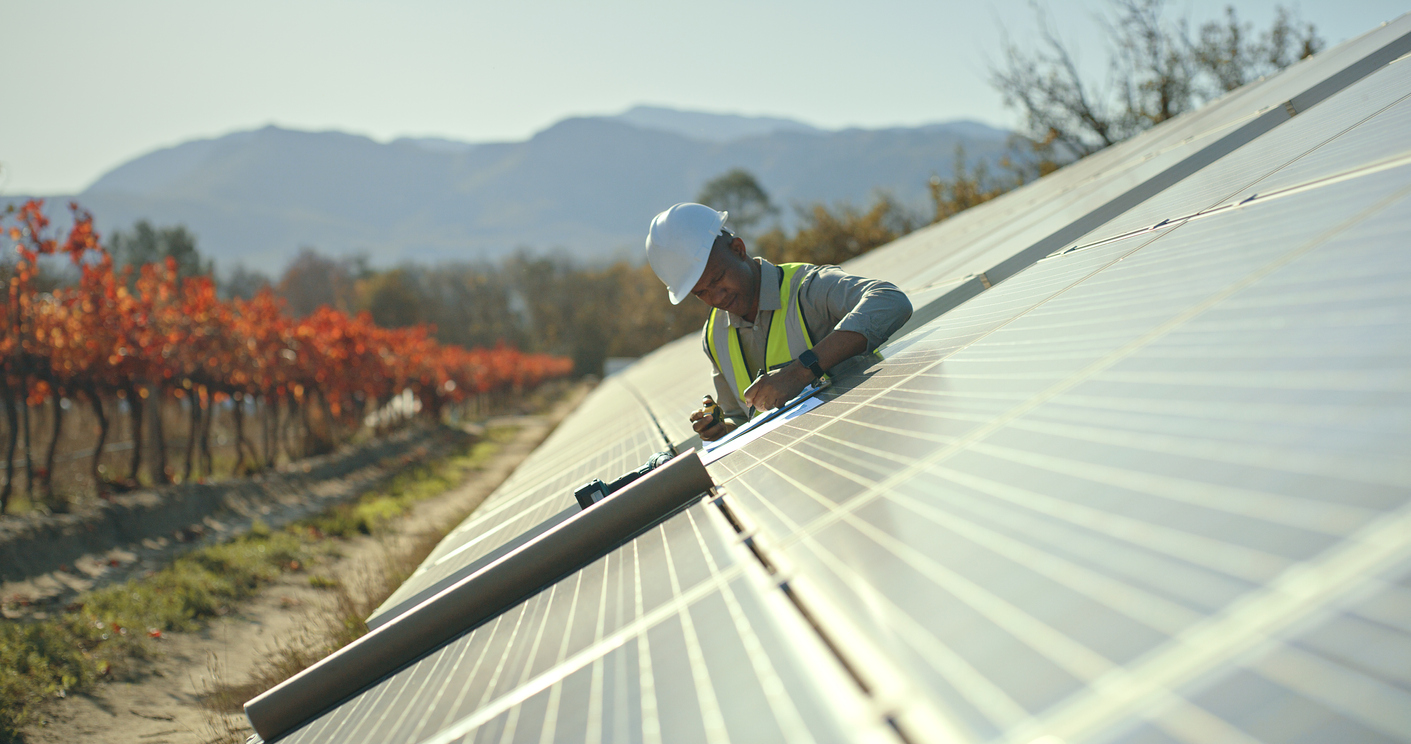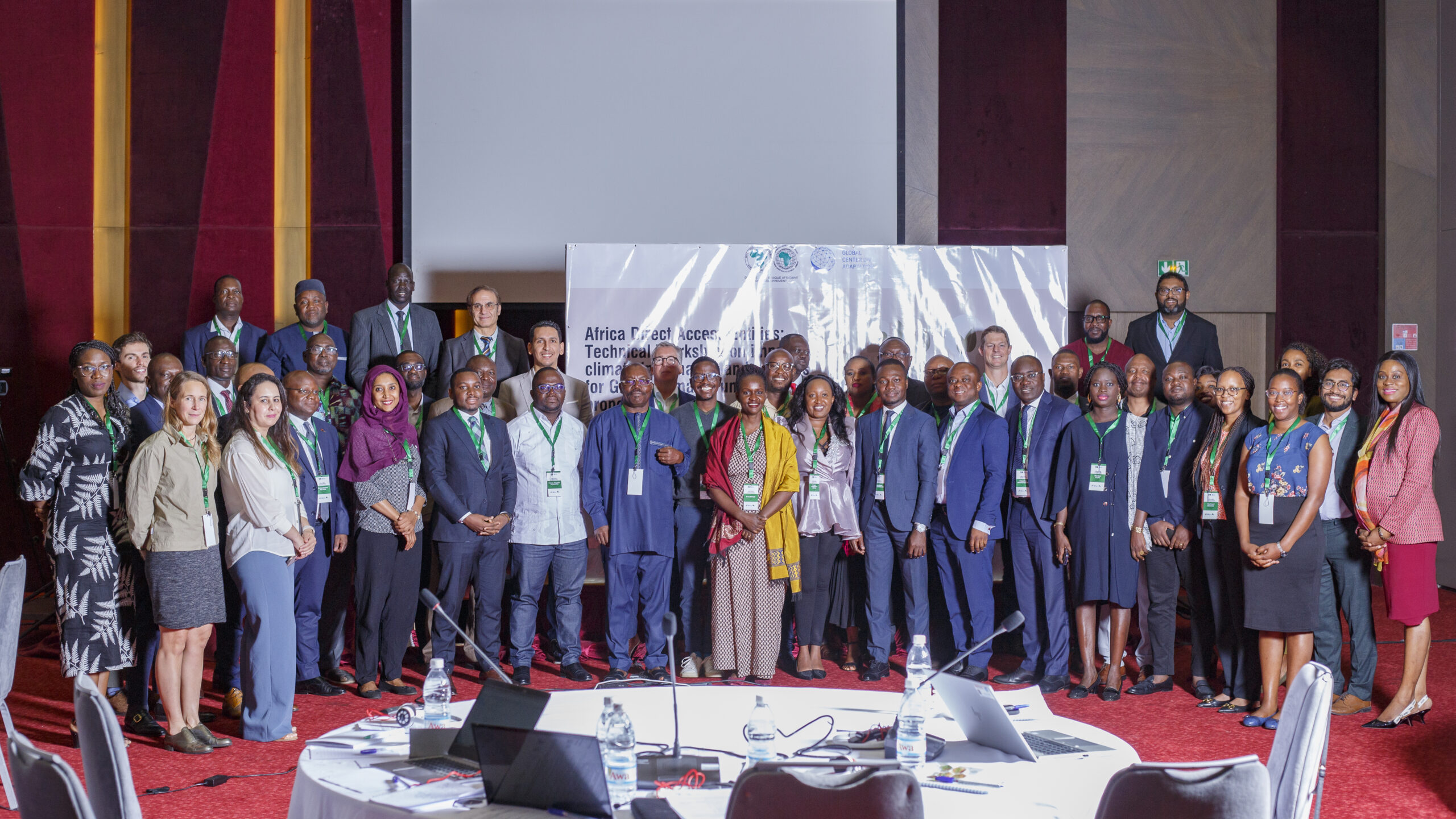Unlocking Finance for Climate Change Adaptation: GCA’s Technical Assistance Program
The Global Center on Adaptation (GCA) works towards accelerating adaptation action to support a more climate-resilient world. One of the ways in which GCA supports countries in their adaptation efforts is through its Technical Assistance Program (TAP), a core implementation vehicle of the Africa Adaptation Acceleration Program (AAAP). In the following blog, GCA’s Senior Climate Finance Specialist, Ali Haider, explores how the TAP is reducing barriers to adaptation finance in Africa.
I
f the world does not take more aggressive action to reduce greenhouse gas emissions and slow the rate of climate change, the costs of adaptation efforts in developing countries will continue to rise.
As part of its efforts to access and leverage adaptation finance where it is most needed, the Global Center on Adaptation (GCA) launched its Technical Assistance Program (TAP).
The TAP is a fundamental means of implementing the goals of the Africa Adaptation Acceleration Program (AAAP), developed jointly by GCA and the African Development Bank (AfDB) to mobilize $25 billion for adaptation investments in Africa in the next five years. The AAAP’s objective for the TAP is to leverage $1.55 billion by 2025 through 15 adaptation and resilience projects and programs, with funding from public climate funds.
In the 2022 edition of its annual flagship report, the State and Trends in Adaptation Report, GCA provides a cumulative analysis of the Nationally Determined Contributions (NDCs) of 51 African countries, showing the need for an estimated $579 billion in funding for adaptation through 2030.
However, as a joint report by GCA and the Climate Policy Initiative (CPI) states, an annual average of $29.5 billion in climate finance was committed to Africa in 2019 and 2020, and of that, approximately 39 percent – only $11.4 billion – targeted adaptation activities. If this trend were to continue through 2030, adaptation finance would total $125.4 billion through 2030, far short of the $579.2 billion (or approximately $52.7 billion annually) in estimated needs per costs of implementation stated in NDCs.
Adaptation Finance Commitments (US$bn) vs. Needs in Africa

Source: GCA, State and Trends in Adaptation Report 2022
Adaptation costs could skyrocket to an annual $160 to 340 billion per year by 2030, and between $315 and 565 billion by 2050.
Adaptation finance flows to developing countries are five to 10 times below the estimated needs. As the climate crisis intensifies and the need for adaptation becomes more pressing, the gap continues to widen.
The growing gap in adaptation finance shows the urgent need to increase public funding for this sector through both direct investment and the removal of barriers to private sector investment in adaptation.

The current climate finance landscape is fragmented and complex, and the lack of harmonization among multinational funds poses a significant challenge to accessing various sources of climate finance.
Dedicated climate funds can help break down barriers to investment in adaptation projects in developing countries and catalyze a wide range of adaptation-related investments.
The Green Climate Fund (GCF), the world’s largest climate fund created under the United Nations Framework Convention on Climate Change (UNFCCC), is uniquely positioned to finance adaptation projects at scale with a high-risk appetite, if appropriate and consistent with country needs.
The GCF supports developing countries in their efforts to reduce greenhouse gas emissions and adapt to the impacts of climate change. Accredited entities – private, public, non-governmental, national, subnational, regional and international organizations – partner with GCF to implement projects. Currently, 113 entities from around the world are approved for accreditation.
In Africa, the GCF has approved US$ 4 billion in funding for 85 projects, including 16 multiregional projects, and 77 of these are under implementation.
Given the pivotal role of the GCF, the unprecedented volumes of funding it provides, the diverse range of financial instruments it offers, and its different access modalities, the TAP initially focuses on gaining access to GCF resources.
According to a 2021 Independent Evaluation of the Adaptation Portfolio and Approach of the GCF report, 59 African countries had received no adaptation finance, and the GCF committed finance for 53 countries was less than $2 per capita.
As of January 2023, eight percent ($929M) of GCF funding has been designated to address adaptation challenges in Africa. The independent evaluation report states that a higher proportion – 40 percent – of adaptation-focused concept notes were withdrawn by countries that lack the capacity to respond to GCF’s comments after being processed by the Secretariat.
Stakeholders interviewed for the GCF’s independent evaluation report explained that withdrawals occurred due to the Secretariat’s lengthy review process and the difficulty of demonstrating GCF requirements, including investment criteria. Additionally, the difficulties of collaborating with the GCF add up to a high upfront cost for countries and entities.
Compared to other GCF projects, adaptation projects require significantly more data to demonstrate their climate vulnerability, such as vulnerability assessments and Environmental and Social Impact Assessments.
Project developers frequently face limited data sources and data availability, and climate vulnerability is difficult to quantify in general. The majority of interviewees emphasized the difficulty of identifying and collecting the right data to demonstrate climate vulnerability for adaptation projects, particularly in geographies or sectors with limited data availability.

GCA and the AfDB organized a two-day technical training program for GCF Direct Access Entities from Africa.
This is where the TAP comes in.
The TAP addresses the major barriers that African countries face in accessing large-scale adaptation finance from major climate funds, such as:
- Significant gaps in adaptation planning
- Lack of decision-making based on a programmatic approach
- Insufficient technical capacities for adaptation project development and implementation
- A failure to capitalize on the ground-breaking direct access modality
During its first year of implementation, the TAP has engaged stakeholders in approximately 12 countries, including Burkina Faso, the Democratic Republic of the Congo, Niger, Nigeria, Seychelles, Côte d’Ivoire, Senegal, and Ghana. GCA has received a large number of requests from African countries to access TAP support in order to increase the flow of adaptation finance.
The TAP consists of three interconnected components:
- Capacity building for adaptation finance planning and decision-making through a Climate Public Expenditure and Institutional Review/Budget Screening (for example, Côte d’Ivoire and the DRC) or support for the development of a framework and systems for monitoring, reporting, and verifying climate finance flows (Seychelles).
- Strengthening direct access through new accreditations and capacity building through technical workshops and by supporting the upgrade of existing National Implementing Entities while maintaining complementarity with international access.
- Promoting intersectoral, large-scale, and transformational adaptation projects and programs through a programmatic approach via inclusive consultative processes aligned with national and regional priorities.
Over 50 percent of funding proposals submitted to the independent Technical Advisory Panel (iTAP) for GCF Board consideration since the 23rd Board meeting in July 2019 were not endorsed on the grounds of insufficient demonstration of their climate rationale.
To tackle this problem, GCA organized a technical workshop as part of the overall support for African Direct Access Entities to improve the quality of climate data and information, climate science, and analysis of extreme climate risk in GCF concept notes and funding proposal submissions.
All African countries are eligible for TAP support and the program’s aim is to gradually expand throughout the continent.
For more information on the TAP, read the chapter Access to Global Climate Finance – The Technical Assistance Program of the Global Center on Adaptation’s 2022 State and Trends in Adaptation Report or contact Ali Haider. For an overview of current adaptation finance flows into Africa, view this 2022 report by GCA and CPI: Financial Innovation for Climate Adaptation in Africa.

Ali Haider is GCA’s Senior Climate Finance Specialist. He has extensive experience in assisting developing countries and entities in accessing climate finance to design and implement large-scale climate adaptation and mitigation projects/programs, as well as formulating policies, strategies, and capacity building initiatives with a broad range of organizations. In his previous role as a Regional Analyst in the Green Climate Fund, Ali assisted countries and entities in developing and implementing country-driven projects/programs and delivering high-quality investments. Prior to that, he held various positions with the Independent Evaluation Unit, BRAC, Democracy International Inc, United Nations, and research organizations. He holds a Masters of Public Policy from KDI school of Public Policy and Management, South Korea.